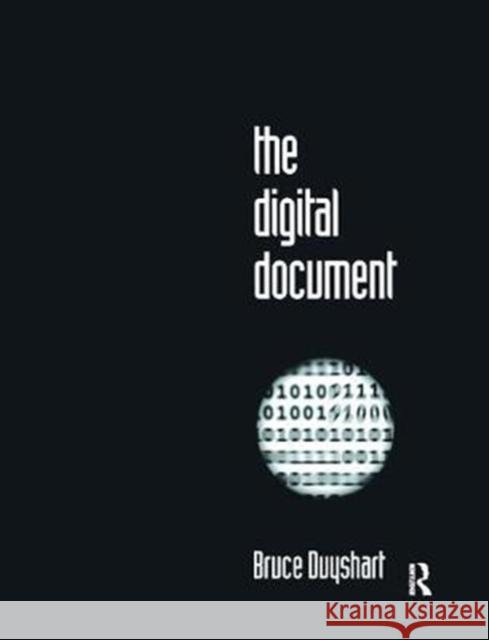The Digital Document » książka
The Digital Document
ISBN-13: 9781138405370 / Angielski / Twarda / 2017
The Digital Document
ISBN-13: 9781138405370 / Angielski / Twarda / 2017
(netto: 557,46 VAT: 5%)
Najniższa cena z 30 dni: 579,35 zł
ok. 22 dni roboczych
Bez gwarancji dostawy przed świętami
Darmowa dostawa!
Documents, such as drawings, memos and specifications, form an essential function in the design and construction industry. Throughout the lifecycle of a built asset, starting from an initial design idea, right through to a final built form and its ongoing management, thousands, even millions of documents can be used to convey various forms of information to a range of interested parties. In many ways, therefore, the success of a design, or construction-based company, relies upon an understanding of the use of documents, as well as the technologies and techniques that are used to create them. The Digital Document provides an extensive background to the issues and technologies surrounding this very important topic. It examines a technical subject in an insightful manner that is neither intimidating nor confusing, even to the novice computer user. By introducing the subject through a series of preliminary reviews of current practices and essential computing technologies, the reader is able to better appreciate the benefits and capabilities of a wide range of digital document types. This book explores the role of documents in a professional practice, examines the components, capabilities, viability, and use of digital documents in the design and construction industry, and identifies and explains many of the standards in use today.In order to facilitate a better understanding of digital document technologies, a number of essential reviews are provided including: - the definition and purpose of a document - how documents are typically used by design professionals - the nature of the digital document environment - the data types which make up digital documentsThe Digital Document is an essential reference for the architect, engineer or design professional that wants to find out more about effective communicati











